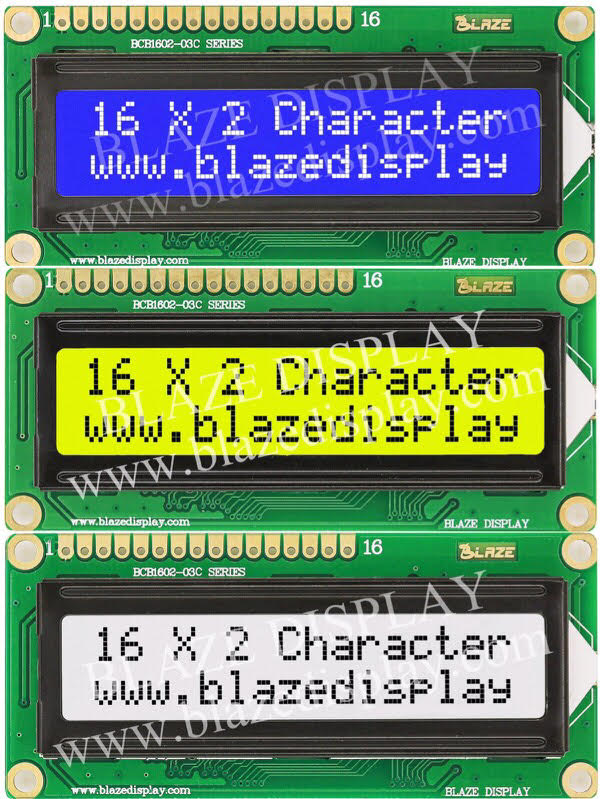LCD display color principle introduction
Blaze Display Technology Co., Ltd. | Updated: Nov 27, 2018
LCD is called Liquid Crystal Display in English. It is a display that uses liquid crystal to control light transmittance technology to achieve color. Compared with CRT monitors, the advantages of LCD are obvious. Because the brightness and darkness are controlled by controlling whether the light is transmitted, when the color remains unchanged, the liquid crystal remains unchanged, so there is no need to consider the refresh rate.
For a liquid crystal display with a stable picture and no flicker, the refresh rate is not high but the image is also very stable. The LCD display also uses the technical principle of liquid crystal to control the light transmittance to make the bottom plate emit light as a whole, so it achieves a truly completely flat surface. Some high-end digital LCD monitors use digital elements to transmit data and display images, so that there will be no color deviation or loss caused by the graphics card. There is no advantage of radiation at all, even if you watch the LCD monitor screen for a long time, it will not cause great damage to your eyes. Small size and low energy consumption are also unmatched by CRT monitors. Generally, the power consumption of a 15-inch LCD monitor is equivalent to one-third of that of a 17-inch flat-screen CRT monitor.
The LCD consists of two glass plates, approximately 1 mm thick, separated by uniform intervals of 5 μm containing liquid crystal material. Because the liquid crystal material itself does not emit light, there are lamp tubes as light sources on both sides of the display screen, and there is a backlight panel (or uniform light panel) and reflective film on the back of the LCD screen. The backlight panel is composed of fluorescent substances. It can emit light, and its main function is to provide a uniform background light source. Light from the backlight enters the liquid crystal layer containing thousands of liquid crystal droplets after passing through the first polarizing filter layer. The droplets in the liquid crystal layer are all contained in tiny cell structures, and one or more cells make up a pixel on the screen. There is a transparent electrode between the glass plate and the liquid crystal material. The electrodes are divided into rows and columns. At the intersection of the rows and columns, the optical rotation state of the liquid crystal is changed by changing the voltage. The role of the liquid crystal material is similar to a small light valve.

- Previous:What Is An Anti-Glare Screen?
- Next:Reflective LCD displays

